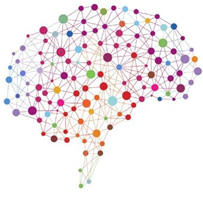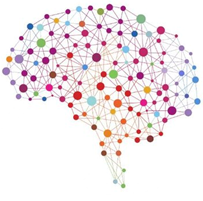Talk title: Embeddings of and for the mind
Abstract
For decades, psychologists have used embeddings to characterise human knowledge. For example, Nancy Henley in the 1960s used multidimensional dimensional scaling (MDS) to create a semantic space for animal terms based on participants’ similarity ratings. A variety of domains, including images, text, and brain measures, can be captured in embedding spaces. In this talk, I will consider how to collect very large semantic embeddings from human judgments. We can use these embeddings to evaluate how consistent models are with human judgment, including modern deep learning models. One conclusion is that models that tend to be better from an engineering standpoint are worse as models of humans. Finally, I will consider whether people, and in particular children, learn by aligning embeddings spaces across modalities in an unsupervised fashion.

